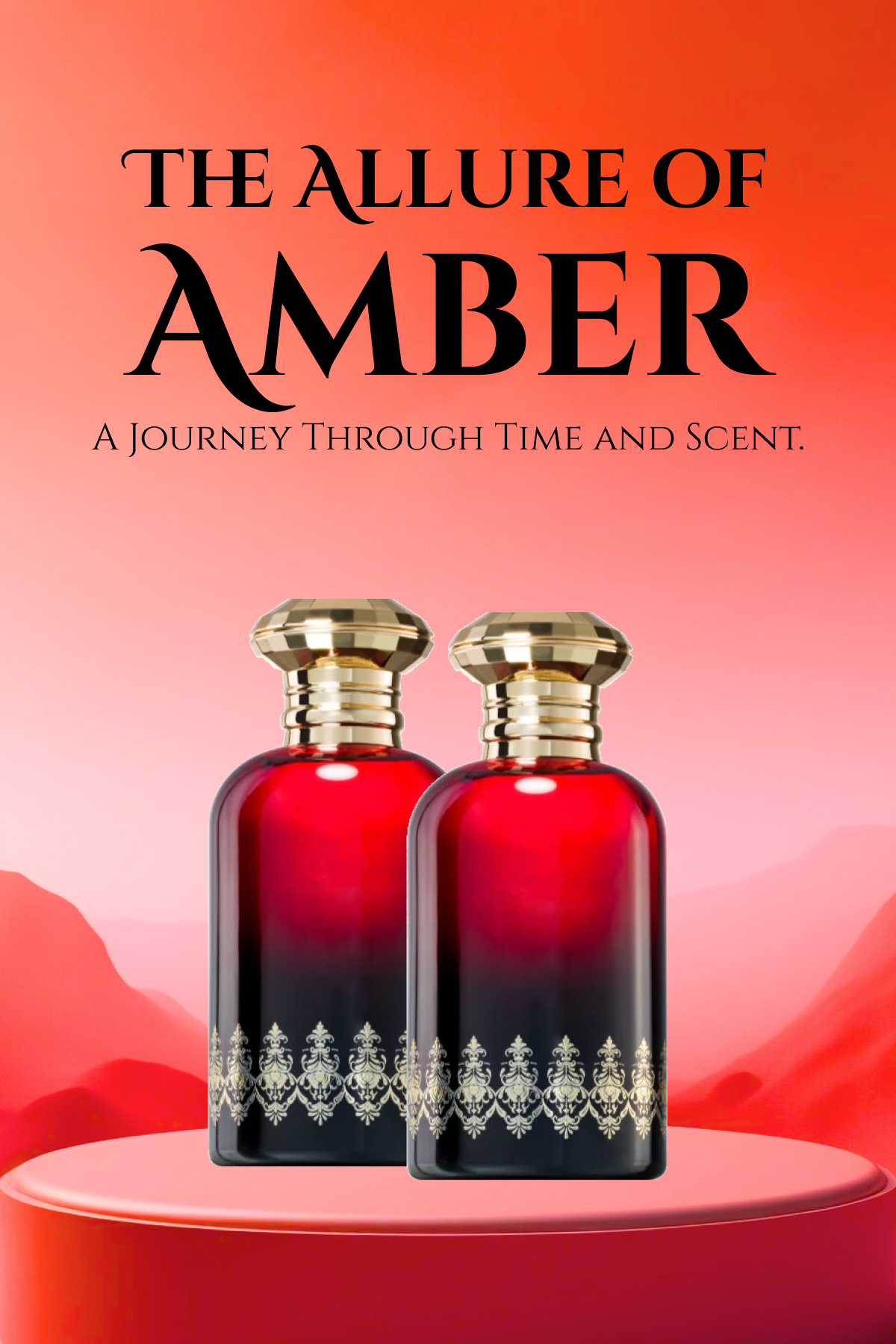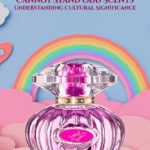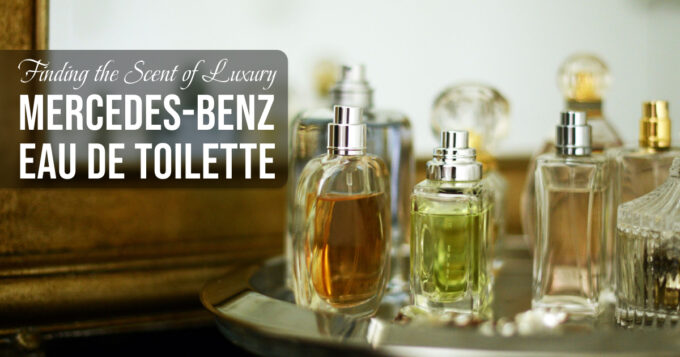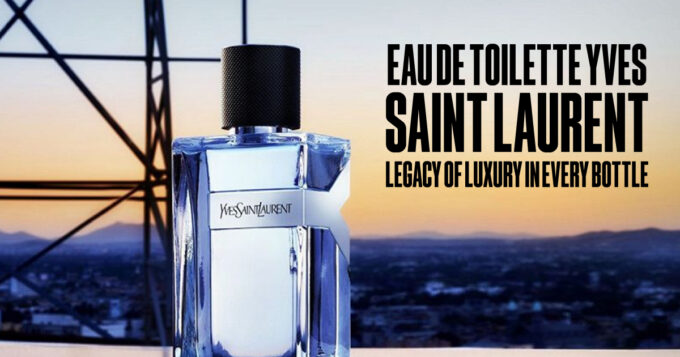The Allure of Amber: A Journey Through Time and Scent.
Amber, a substance with a rich and intriguing history, has captured humankind’s senses for millennia. Its warm, resinous aroma evokes richness, comfort, and sensuality, making it a popular note in perfumery.
However, amber’s attraction extends beyond its usage in fragrances; it tells a story of old trading routes, therapeutic capabilities, and everlasting beauty. This blog post dives into the complex attraction of amber, examining its origins, cultural significance, and long-lasting influence in the modern world.
The History of Amber: From Fossilized Resin to Liquid Gold
Amber is more than just a lovely scent note; it is a petrified tree resin from millions of years ago. Amber, which may be found in a variety of locations around the world, including the Baltic region, the Dominican Republic, and Myanmar, has long been valued for its beauty and rarity. Its rich and warm aroma also plays a significant role in many fragrances, including the storied Miss Dior perfume history, showcasing how amber contributes to the allure of perfumery.
Its production is a gradual and precise process in which ancient tree resin hardens and fossilizes over millennia, preserving the mysteries of prehistoric life.
The appeal of amber stems from its unusual makeup. Amber, a fossilized resin, can range in hue from golden yellow to deep orange and even rich brown. Its bright tints are frequently regarded as reminiscent of the sun, and this warmth is transferred to the olfactory world when amber is employed in perfumery.
Amber in perfumery: The Scent of Warmth and Comfort.
Amber is a deep and versatile fragrance note. It is not created directly from fossilized amber, but rather from a combination of resins, oils, and occasionally vanillin, resulting in a warm, sweet, and somewhat smokey fragrance character. The end result is a fragrance that oozes richness and depth, wrapping the wearer in a soothing embrace.
Amber has been used in perfumes since antiquity. The Egyptians, for example, utilized amber in sacred rites, believing it was a gift from the gods. They used amber as incense to cleanse the air and connect with the divine. Similarly, in ancient Rome, amber was highly valued and utilized in perfumes, ointments, and even as money.
Amber is still a key ingredient in many well-known fragrances. Its adaptability enables it to be utilized as a base note, adding longevity and depth to a scent, or as a heart note, highlighting its warm, balsamic properties. Some of the most well-known amber-based scents are Tom Ford’s “Amber Absolute,” Serge Lutens’ “Ambre Sultan,” and Prada’s “Amber Pour Homme.” Each of these perfumes highlights different aspects of amber, ranging from its sweet and powdery side to its rich, resinous heart.
Cultural Importance: Amber as a Symbol of Protection and Healing
Amber has had cultural and spiritual significance throughout history, in addition to its usage in perfumery. In ancient times, it was thought to have protective and therapeutic abilities. Amber was believed by the Greeks and Romans to be a potent amulet capable of repelling evil spirits and providing good luck. They would frequently cut amber into protective talismans and ornaments.
Amber was utilized in traditional Chinese medicine to treat many ailments. It was thought to have the capacity to relax the mind, reduce tension, and promote physical recovery. Amber was frequently broken into powder and used in numerous treatments to alleviate headaches, anxiety, and digestive problems.
Amber’s spiritual allure continues to this day. In many cultures, amber is used in meditation because its warm, grounding energy is supposed to improve concentration and spiritual awareness. The idea in amber’s protective properties persists, and many individuals wear amber jewelry as spiritual armor against evil energy.
Amber in Modern Times: Timeless Beauty
Amber has long been regarded as a sign of eternal beauty and elegance. Its warm, golden tones are frequently linked with autumn, conjuring memories of falling leaves, cozy gatherings, and the golden glow of a setting sun. Amber has inspired several fashion designers, with its vibrant color palette frequently found in jewelry, textiles, and even interior design.
Amber’s appeal goes beyond appearance. In the present era, it remains a popular element in premium skincare products. Amber oil, derived from petrified resin, is renowned for its revitalizing effects. It is high in antioxidants and anti-inflammatory properties, making it a popular ingredient in anti-aging therapies and soothing skin care formulations.
Amber’s everlasting charm is perhaps best demonstrated by its continuous presence in the world of high art and craftsmanship. Amber has been utilized to make elaborate carvings, sculptures, and jewelry that are not only gorgeous, but also historically and culturally significant.
The Amber Room in Russia, sometimes known as the “Eighth Wonder of the World,” is a breathtaking illustration of amber’s artistic potential. This room, complete with amber panels, mirrors, and gold leaf, exemplifies the opulence and grandeur that amber can add to a setting. Its creation also intertwines with the musk perfume history, as both amber and musk have long been celebrated for their luxurious qualities and have played significant roles in the fragrance industry.
The Enduring Allure of Amber: A Legacy of Warmth and Wonder.
The fascination of amber stems from its capacity to transcend time and culture, providing warmth, comfort, and a touch of the holy. Amber, whether in the form of a perfume note, jewelry, or a spiritual talisman, continues to attract and enchant those who come into contact with it. Amber is a genuinely everlasting gem, thanks to its rich history and enduring presence in current society.
As we continue to discover and enjoy the numerous characteristics of amber, we are reminded of its capacity to transport us to the past while simultaneously providing comfort and luxury in the present.
Amber’s fascination stems not only from its aroma or beauty, but also from the stories it tells and the feelings it evokes—a heritage of warmth and wonder that will enchant future generations.













